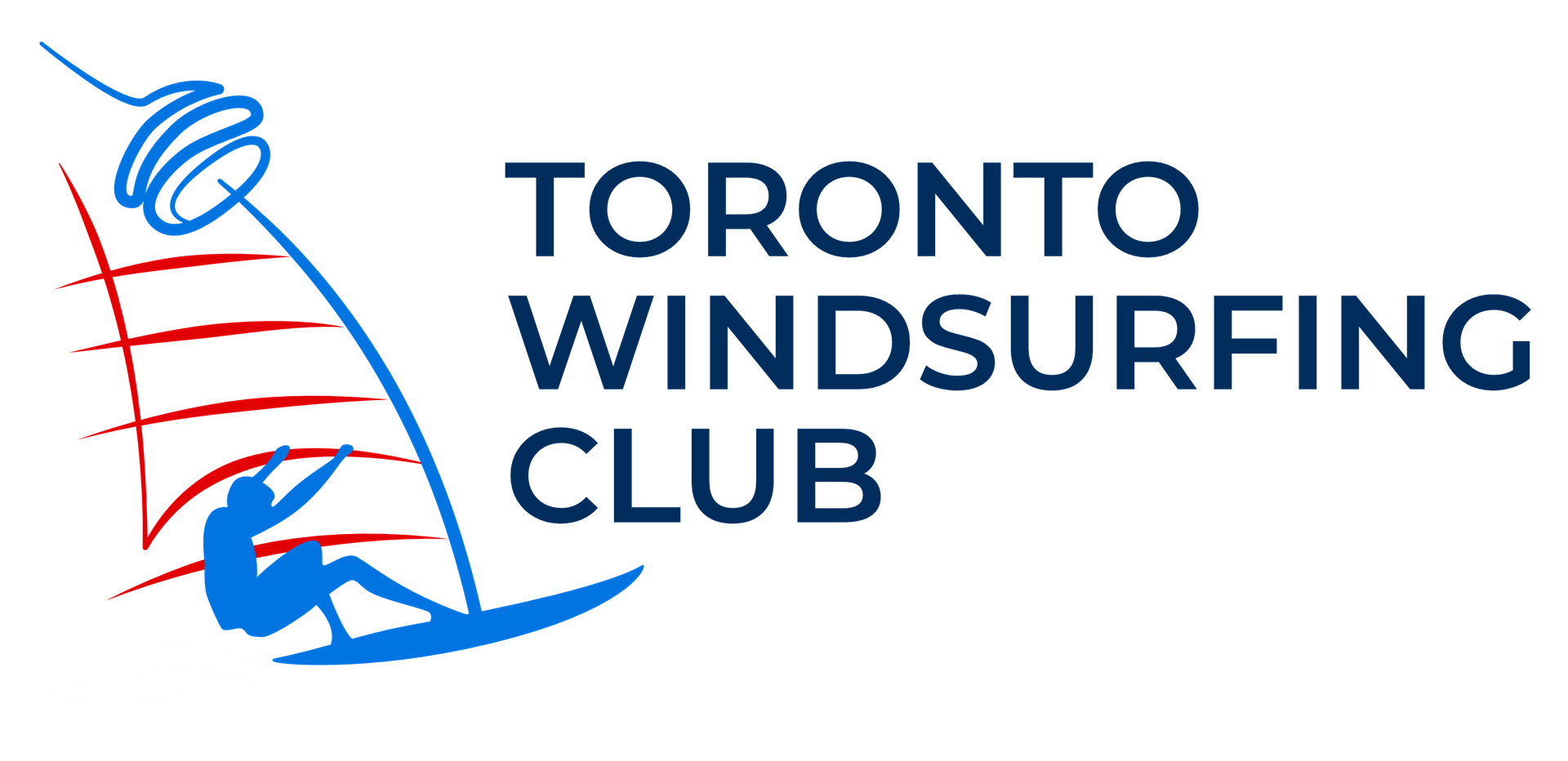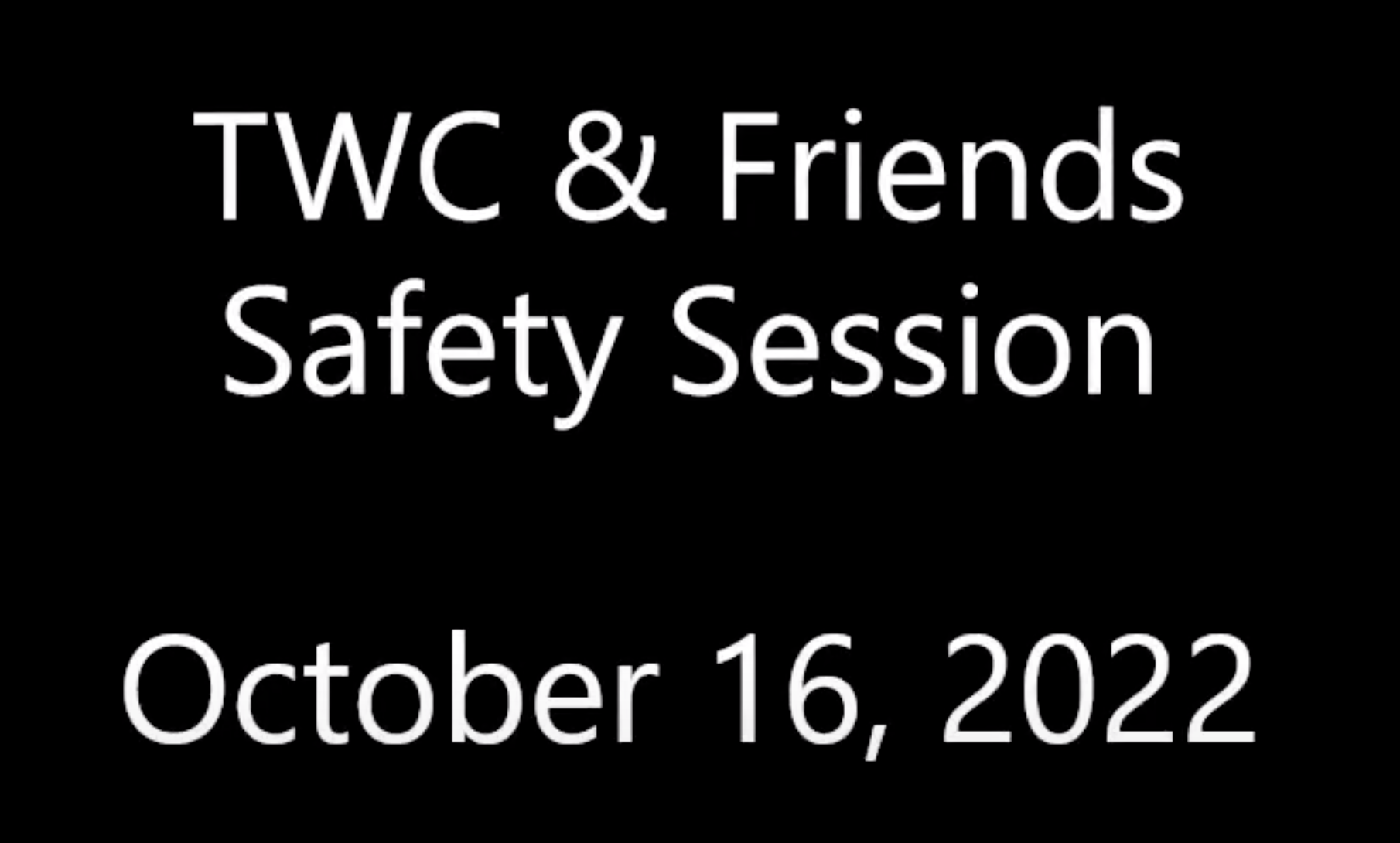Did you know Outer Harbour is home to 8,000+ water users?
Outer Harbour Sailing Federation (OHSF) and Friends of Cherry Beach and Outer Harbour estimate that there are over 8,000 users enjoying water activities including long-distance swimmers, rowers, kayakers, kiteboarders, paddleboarders, sailors, dragonboaters, windsurfers and motorboaters.
In Case of Emergency
- Call Marine Unit 416-808-5800 or dial 911
- Call Harbour Master 416-462-3937 if you see something dangerous floating in the water
- Call St. Michael's Hospital 416-864-5094 if you need help working through an emergency situation
First Aid kits and AED are located in the clubhouse.
Simon's Best Practices for Going out on the Water
- FORECAST/RADAR Some good days are bad and some bad looking days are actually good.
- SAFETY CHECKLIST Wear the right gear. Water and wind can change quickly.
- SAIL UPWIND FIRST Sail, paddle, swim upwind first. If your gear breaks you will drift closer to home. W, NW & N winds are offshore so don't sail unless you are VERY comfortable sailing upwind.
- STAY CLEAR! Assume nobody knows anything, dropping your sail won't always save you.
- GET HOME if it's getting dark or you see dangerous weather approaching. We can sail, light wind rescue, high wind rescue or abandon our sails to get home in almost any weather.
- PRACTICE CONTROL before going too far.
- BEWARE of a shelf cloud like below. They indicate a strong storm is coming.

Avoid Going out on the Water when:
- Winds are coming from the North
- During or after a heavy rain (e-coli bacteria)
- Winds greatly exceed your skill level
- Storms or fog
- Before sunrise or after sunset
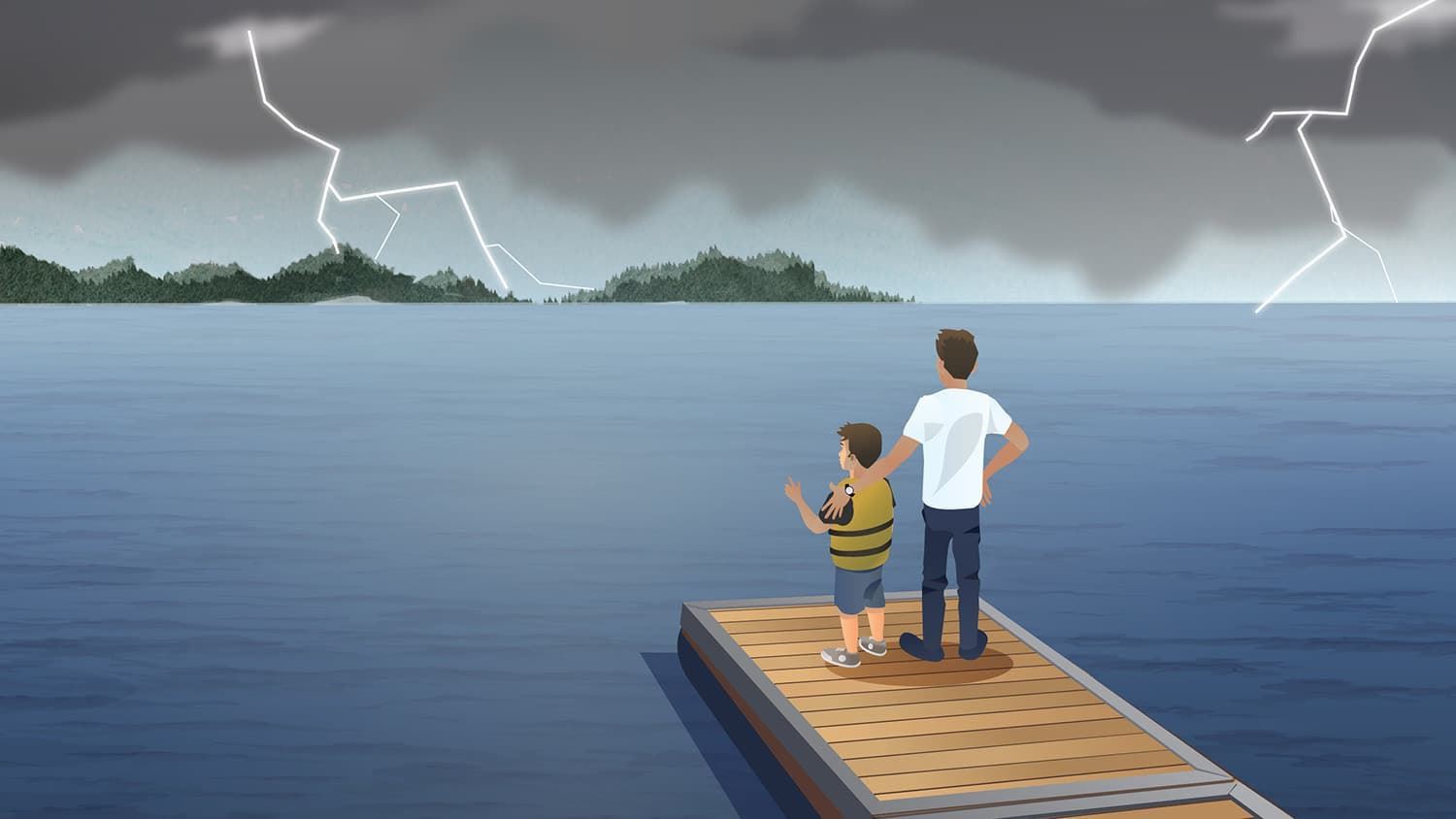
Spots in the Outer Harbour to Avoid
- Water Rats spit at east end of Cherry beach (rocks and zebra mussels)
- Moored boats (boats can move)
- Outer Harbour Marina channel (heavy boat traffic by marked red/green buoys)
- Eastern Gap Navigation Channel (gusty winds and and ships that can't stop)
- Kiteboarders launch area (west of Lifeguard Station)
Safety Checklist for EVERY TRIP!
- PFD or Life Jacket & Whistle (law in Canada)
- TELL SOMEONE (so they know to look for you if you don't come back)
- Cellphone or Radio (call for help)
- Helmet
- LED Light (to flash at an on-coming vessel)
- Booties (for rocky & mussel-laden spots)
- Sun protection

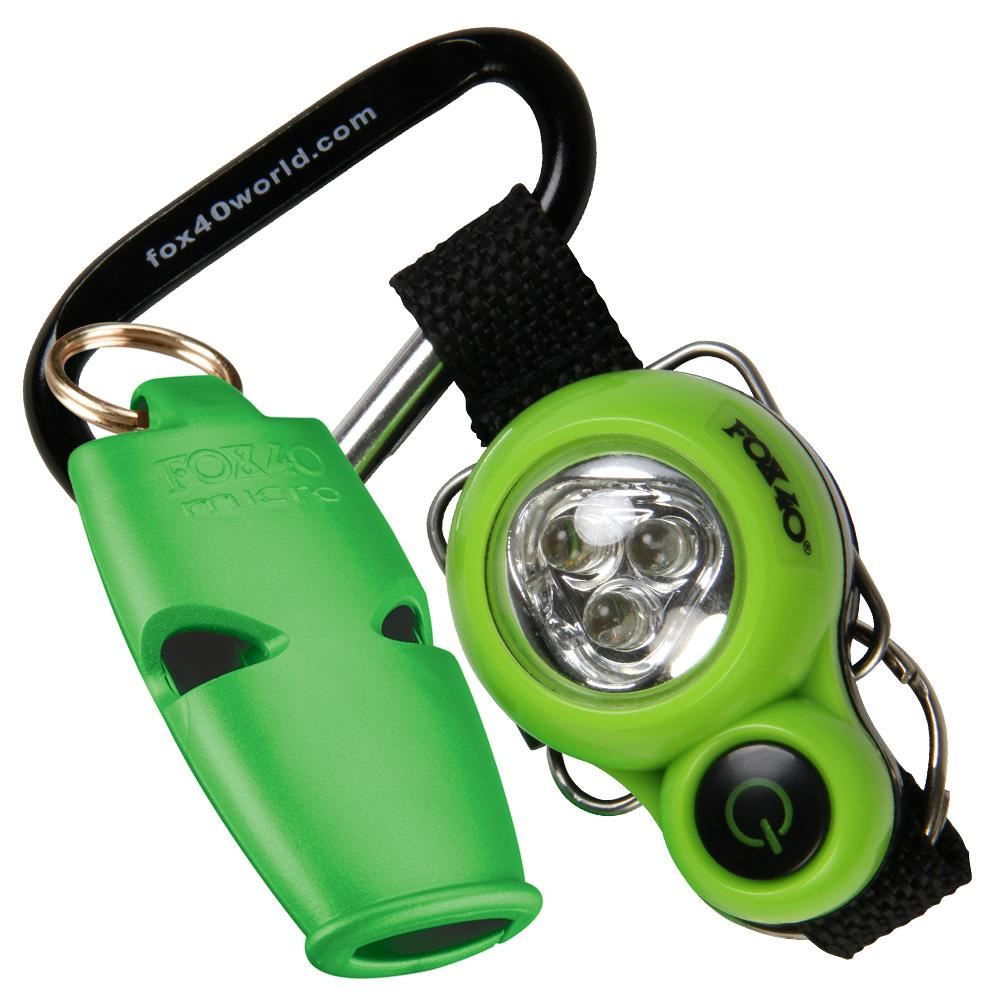
Use Phone Apps to help plan your activity
- New weather station at Cherry Beach - iWindsurf
- Wundergound (radar show upcoming storms)
- Windfinder
- Windy
- National Oceanic and Atmospheric Administration (NOAA)
- 26 Apps for Safer Fun on the Water
Avoid Collisions
- Everyone is responsible for collision avoidance.
- Keep a proper and constant lookout. It can be hard to judge another vessels speed and how quickly they can approach.
- Don't assume the other vessel knows the Right-of-Way rules. Respond accordingly.
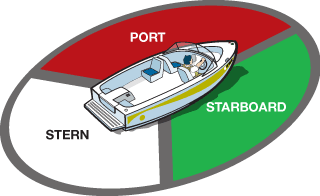
International Safety Hand Signals
-
International recognized distress signal is full arms out and wave up and down.
-
Conversely, tap your head if you are ok.
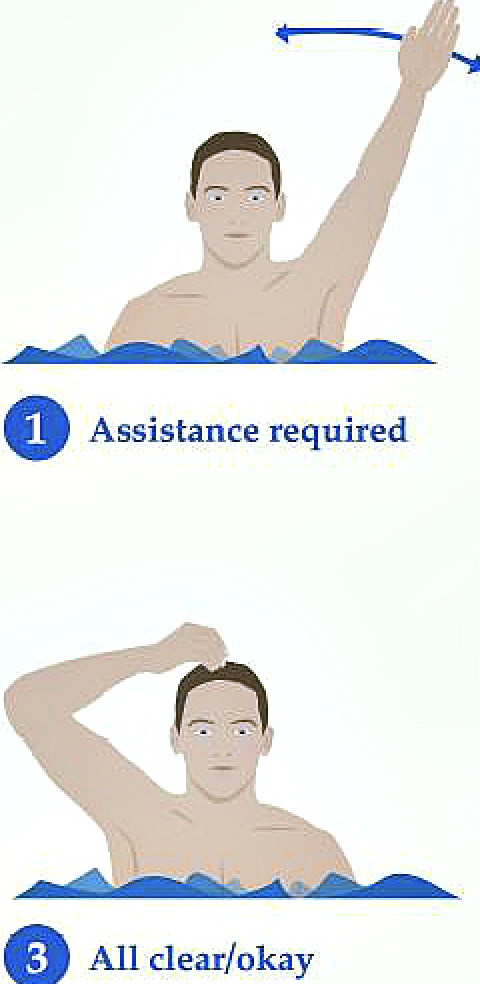
Crossing the Eastern Gap Channel to Inner Harbour or Toronto Island
- Stay out of the way of Ships, Tug Boats and Barges (they have right of way).
- Cross the channel at right angles to minimize the time.
- Into Inner Harbour keep to the right and stay to the side of the channel.
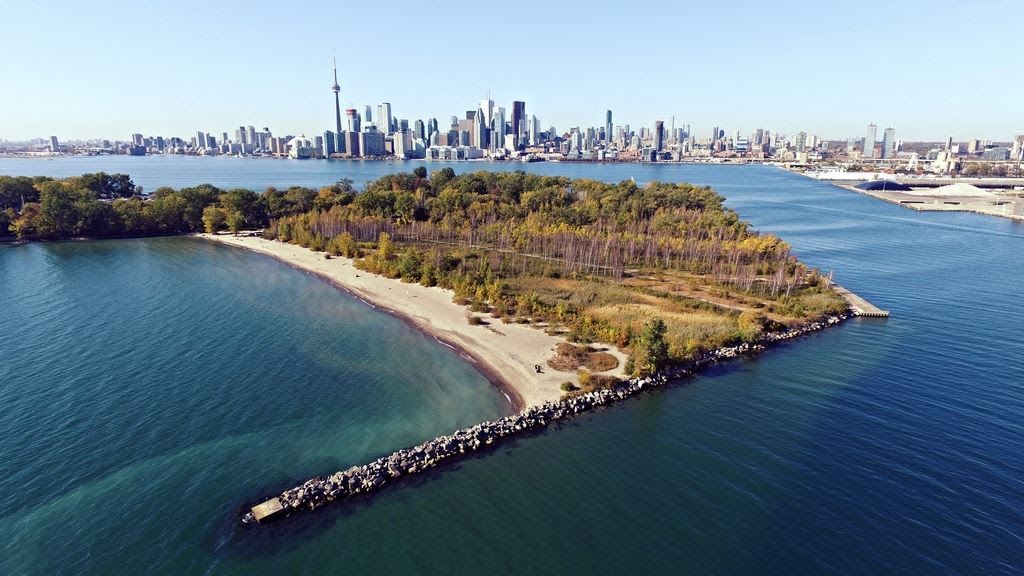
Sound Signals. What do the boat horns mean?
Boats use sound signals to communicate to other vessels in sight.
- A short blast is a signal on the foghorn (or whistle) of about one second duration.
- A long or prolonged blast is of four to six second duration
When moving, a ship may use the following basic signals to ‘contact’ other vessels:
- Five short rapid blasts: PLEASE DECLARE YOUR INTENTIONS (also used to say, “what are you doing?” Or “GET OUT OF THE WAY!”)
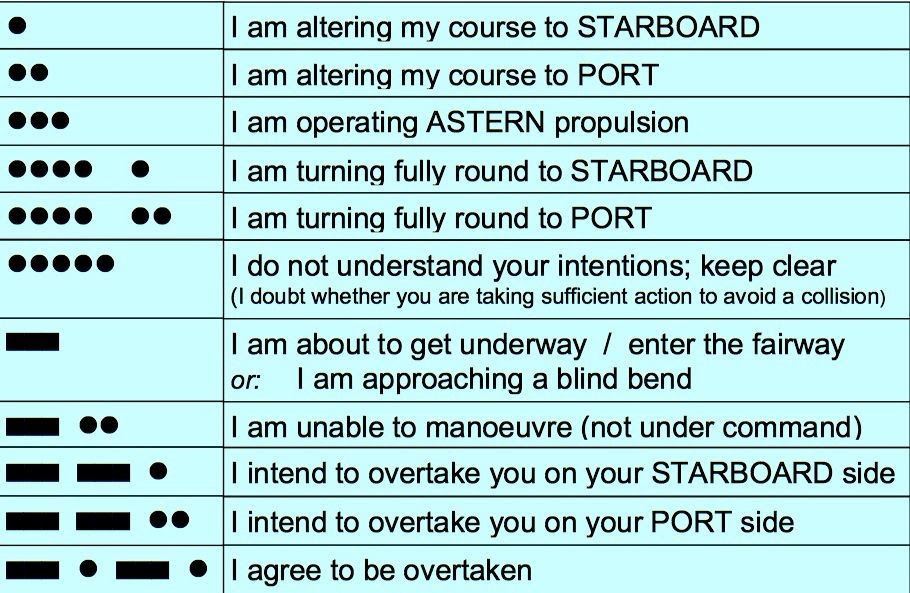
Paddling/Windsurfing at Dawn/Dusk
-
Ideally don't go out at dawn or dusk but if you do, bring an LED white light.
-
Don't go out alone. Sail/paddle with a friend.
-
In a potential collision situation - hold up your LED white light above your head and shine it at the boat coming at you.
Avoid Cold Water Shock
Water temperatures change very quickly. Life jackets save lives.
Invest the time to learn what Cold Water Shock is and how to be ready to handle cold water immersion if it happens to you.
Stay calm and save your energy.
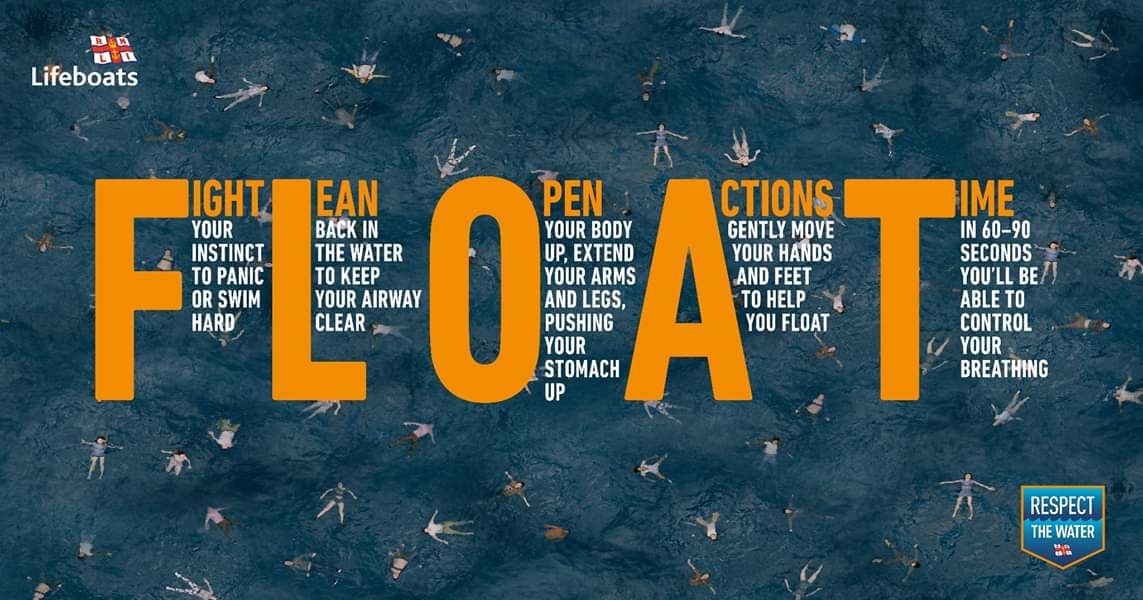
Have fun. Please help keep each other safe.
Let us know if you have any questions or suggestions. socialmedia@torontowindsurfingclub.com
